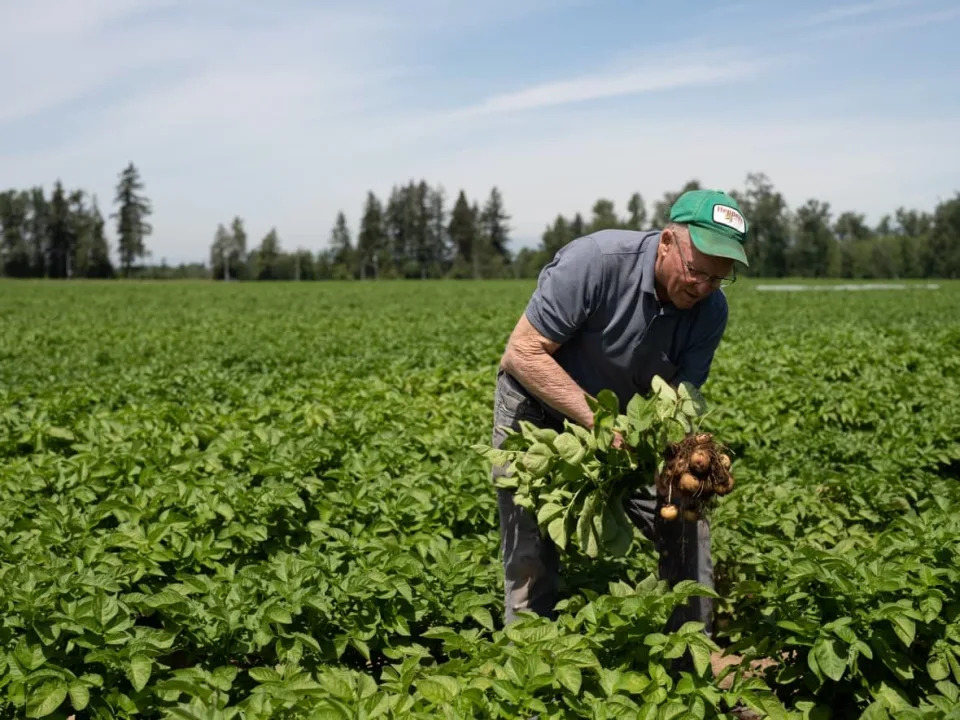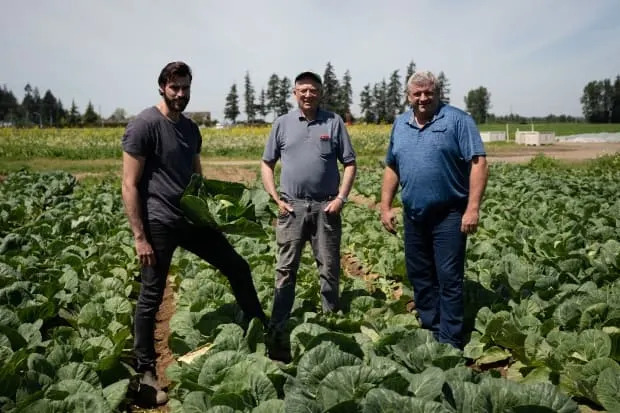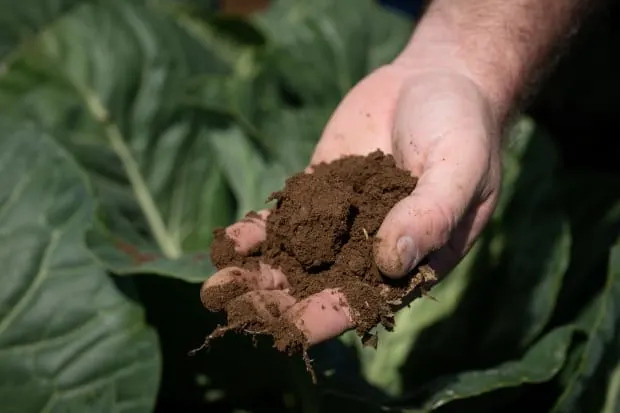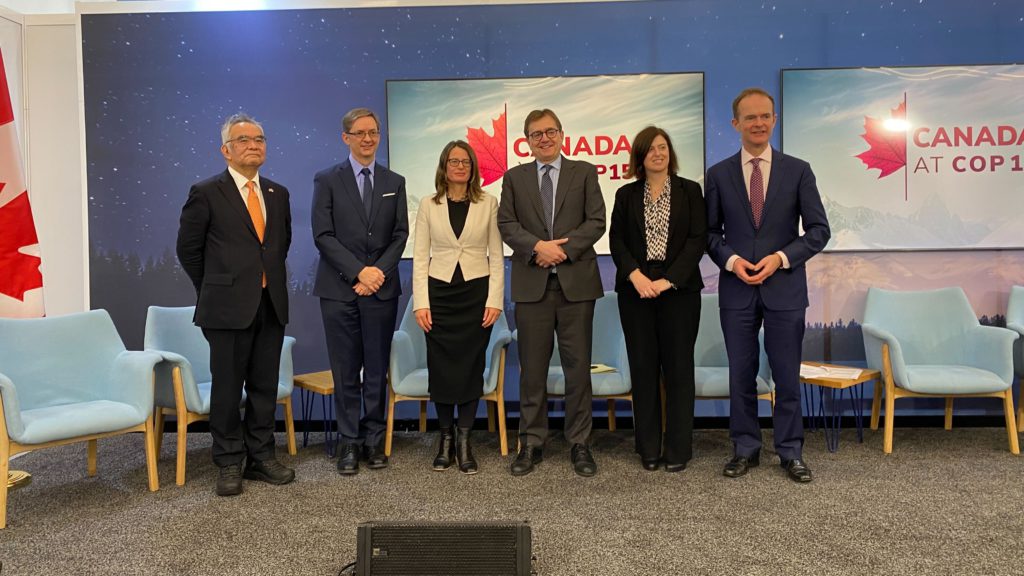PRIVATIZE HEALTHCARE PANEL
Fri, February 17, 2023

EDMONTON — The Alberta government has named five members to a COVID-19 review panel led by former Reform Party leader Preston Manning, one of whom was recently fired along with the rest of the governing board of Alberta Health Services.
Jack Mintz joins Dr. Martha Fulford, Michel Kelly-Gagnon, Dr. Rob Tanguay and Jack Major on the Public Health Emergencies Governance Review panel.
“Albertans can have confidence Alberta’s pandemic response will be reviewed by these medical, policy, legal and economic experts so our province can better respond to the next public health emergency,” Smith said in a statement Friday.
MR. NEOLIBERAL
Mintz is the president’s fellow at the University of Calgary’s School of Public Policy and advises and writes on tax, business and health policy.
He and the board were fired by Smith in November. She said they failed Albertans during the pandemic by failing to scale up hospital capacity as promised, forcing the government to impose what Smith has termed freedom-busting health restrictions.
The board members were replaced by an administrator. In an opinion piece published in the Financial Post in November, Mintz wrote that he was OK with the firing because the changes represent a necessary jump-start to achieve true reform in health-care delivery.
Major is a former Supreme Court judge and Kelly-Gagnon is president of the Montreal Economic Institute. RIGHT WING THINK TANK LIKE FRASER INSTITUTE
Tanguay is a psychiatrist and University of Calgary professor focusing on disability and rehabilitation.
Fulford is chief of medicine at McMaster University Medical Centre in Hamilton and focuses on infectious diseases. She challenged the efficacy of some health restrictions during the pandemic.
The panel is not only looking at government decision-making, but also its effects on jobs, children, mental health and protection of rights and freedoms. It is to report back by Nov. 15.
The bulk of the panel's work will be reviewing legislation, regulations and ministerial orders, but it will also take feedback online.
The budget is $2 million. Manning, who was announced as chair a month ago, is to be paid $253,000.
Manning and Smith have been critical of government-imposed health restrictions such as masking, gathering rules and vaccine mandates during the pandemic.
Smith has questioned the efficacy of the methods and their long-term effects on household incomes, the economy and mental health. She has promised health restrictions and vaccine mandates would have no role in any future COVID-19 response in Alberta.
The Opposition New Democrats have labelled the panel a political sop to Smith’s far-right supporters angry over COVID-19 restrictions, and have promised to cancel it should they win the May 29 provincial election.
“This panel is a brutal waste of Alberta taxpayers’ money," said NDP health critic David Shepherd.
"Preston Manning has already reached his own conclusions, and based on the panellists, it looks like it’s headed toward whatever outcome Danielle Smith and the UCP are looking for. An Alberta NDP government will put an end to this sham panel."
This report by The Canadian Press was first published Feb. 17, 2023.
Dean Bennett, The Canadian Press












